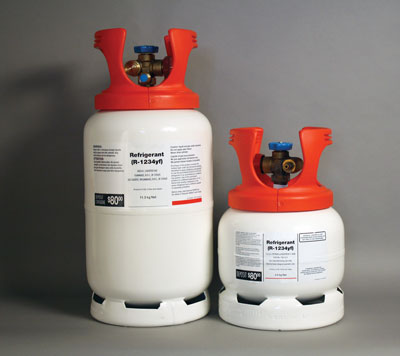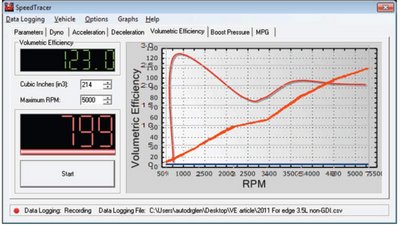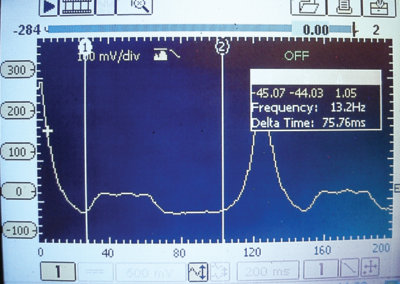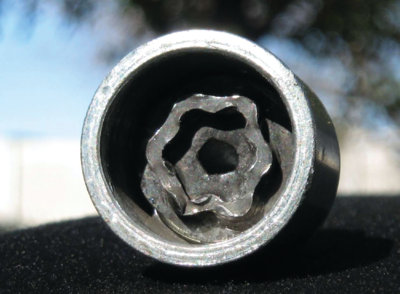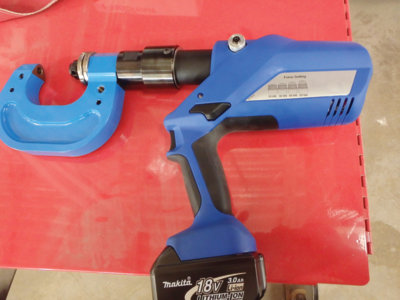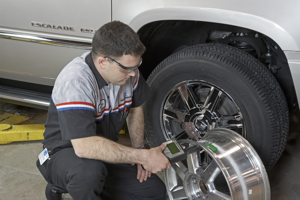 Ken-Tool’s new "TPMS Sentry," designed for use on vehicles with Tire Pressure Monitoring Systems, protects valuable valve stem sensors that mount through the valve hole.
Ken-Tool’s new "TPMS Sentry," designed for use on vehicles with Tire Pressure Monitoring Systems, protects valuable valve stem sensors that mount through the valve hole.
Tire pressure monitoring sensors typically are held to the wheel with a mounting ferrule nut that is threaded to the outside of a specially designed valve stem, and are susceptible to damage or breakage during tire mounting or demounting. Damage can be caused by inadvertent contact with the tire changing equipment, by the bead of the tire when it is broken free of the wheel, or when the bead is forced over the rim of the wheel.
 The TPMS Sentry is designed to keep the sensor in a safe and secure position after the mounting nut has been removed and the sensor is released from the wheel. The current common practice when dismounting a tire is to release the sensor from the wheel by removing the mounting nut and then dropping the sensor into the tire cavity. While this keeps the sensor away from the tire machine, it makes the sensor susceptible to damage as the tire is removed from the wheel.
The TPMS Sentry is designed to keep the sensor in a safe and secure position after the mounting nut has been removed and the sensor is released from the wheel. The current common practice when dismounting a tire is to release the sensor from the wheel by removing the mounting nut and then dropping the sensor into the tire cavity. While this keeps the sensor away from the tire machine, it makes the sensor susceptible to damage as the tire is removed from the wheel.
But when using the TPMS Sentry, rather than dropping to the bottom of the tire cavity and being vulnerable to damage, the sensor remains attached to the T-shaped tool by a flexible cable attached to the valve stem through the valve hole. Once released, the sensor can be easily lowered into the cavity to hang from the valve hole in the center of the wheel away from both the top and bottom beads, and away from the bead seating surfaces.
As a result, the technician always knows where the sensor is, and can take care to avoid making inadvertent contact with it. In addition, the technician doesn’t spend time searching for a sensor that has moved around inside the tire during demounting, or that might have been otherwise destroyed and caused additional damage to the tire and wheel if it gets trapped between a bead and the wheel.
TPMS Sentry is made of hardened steel, and features a T-shaped end that includes an integrated threaded valve core depressor tool to deflate tires on one side of the "T," and a valve core removal and replacement tool on the other side. The compact, lightweight design makes the TPMS Sentry easy to carry and use, and it fits through all valve stem holes. All surfaces are knurled to provide positive grip, even when coated with water or bead lubricant.
For additional information, visit www.kentool.com.


